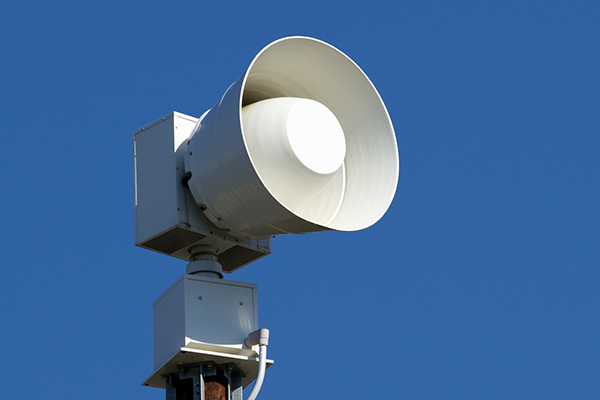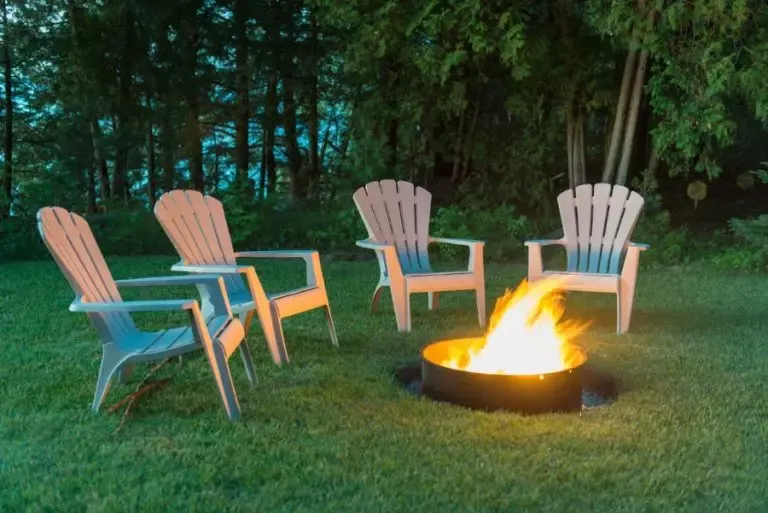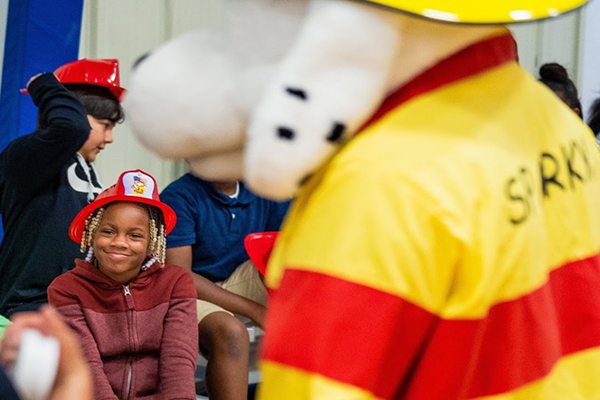Smoke Alarm Information
Install
The Grayson Fire Department recommends that you install at least one smoke alarm on every level of your home, including the basement. Even better is one in every bedroom. Smoke alarms are designed to wake you up if a fire starts while you are sleeping. Be sure your smoke alarms are near bedrooms and other sleeping areas in your home.
Test
When was the last time you heard your smoke alarm? Battery-operated alarms should be tested once a month to make certain they are working.
Change Batteries
Replace the batteries in your smoke alarm twice a year. The Grayson Fire Department recommends you do this when we change our clocks for Daylight Savings Time each Spring and Fall. Install a new battery immediately if an alarm “chirps” to indicate a low battery.
Note: A ten-year lithium battery smoke alarm does not need to have its battery changed. Replace smoke alarms that use extended-life, lithium batteries when the alarm “chirps” or fails to respond to periodic testing. The batteries in these units cannot be replaced.
False Alarms
Use the hush button to silence a false alarm. Never disconnect or remove the battery. If your smoke alarm does not have a hush button use a magazine or kitchen towel to wave fresh air into the detection unit
Replace
Replace your smoke alarm every ten years. After ten years, your smoke detector will have been working consecutively for 87,000 hours. No other appliance in your home works this long. If you do not know how old your smoke alarm is, or if it is ten years or older, replace it as soon as possible.
Helpful Videos
Related Pages

Public Information
Here you'll find helpful information regarding fire safety to help keep your family safe.
Learn More

Home Fire Safety
Be ready in case of a fire in your home with this printable home fire safety checklist.
Learn More

Burning Regulations
Be ready in case of a fire in your home with this printable home fire safety checklist.
Learn More

Fire Prevention Week
Learn about fire prevention and other fire facts to make your home, work, and school safer.
Learn More
